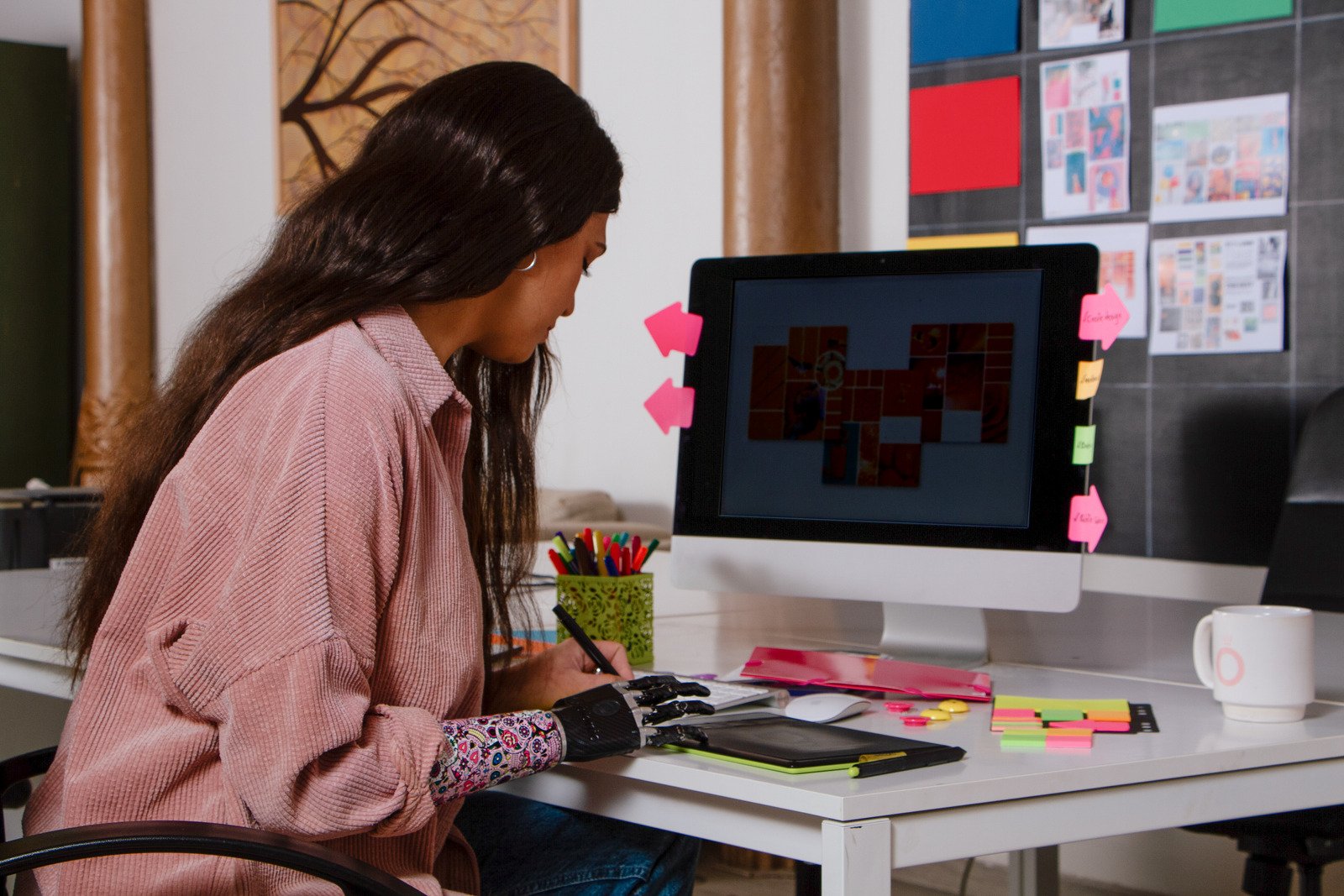In the world of design, what you don’t put on the page can be just as impactful as what you do. White space—often referred to as negative space—is the empty area around text, images, or other design elements. While it might seem like wasted space at first glance, it’s actually a powerful tool that can elevate your design, boost readability, and create a sense of elegance and balance.
Let’s explore why embracing white space might be the smartest design decision you make.
1. What Is White Space and Why Does It Matter?
White space isn’t always white—it simply refers to the unmarked, empty areas in a layout, whether it’s on a website, poster, book page, or mobile app. It can exist between lines of text, around images, or between layout elements like columns and buttons.
While it may seem counterintuitive to not fill every part of your design with content, white space:
- Improves legibility and comprehension
- Draws attention to key elements
- Creates a sense of luxury and clarity
- Makes interfaces feel clean and user-friendly
Think of white space like silence in music—it gives rhythm, contrast, and meaning to the notes around it.
2. White Space Enhances Readability and Focus
When there’s too much visual clutter, your brain has to work overtime to process information. White space gives the eye a place to rest, making it easier for viewers to absorb and understand content.
Here’s how it helps:
- Improved line spacing (leading) increases reading speed and comprehension.
- Margins around text blocks help readers focus on one section at a time.
- Generous spacing between elements prevents overcrowding and confusion.
A well-spaced layout doesn’t just look better—it performs better too. Studies show that good use of white space can increase user comprehension by up to 20%.
3. White Space Creates a Sense of Luxury and Sophistication
Luxury brands are masters of white space. From fashion houses to high-end tech companies, they use minimalism to convey elegance, focus, and quality. The message is clear: we’re so confident in our product, we don’t need to shout.
Why does this work?
- White space implies restraint and refinement
- It creates visual breathing room for premium elements to shine
- It fosters a sense of trust and credibility
Think of Apple’s product packaging or Chanel’s branding—clean, minimal, and powerful. By embracing less, these brands communicate more.
4. Balancing Content and Space: The Designer’s Art
Great design is all about balance—between what’s present and what’s intentionally left out. But effective use of white space doesn’t mean you simply remove content. It requires thoughtful planning and hierarchy.
Tips for achieving balance:
- Use grids to align content with intention
- Group related items and separate unrelated ones
- Adjust padding and margins to create consistency
- Let key visuals or messages breathe
Don’t be afraid to leave parts of your layout empty. These spaces can guide the eye, highlight calls to action, and give your design a polished, professional feel.
5. Real-World Applications: Where White Space Makes a Big Impact
White space isn’t just a design trend—it’s a practical tool across a variety of mediums. Here’s where it really shines:
1. Web Design
Clear spacing improves user experience, reduces bounce rate, and makes sites feel modern and intuitive.
2. Print Media
Magazines, brochures, and ads use white space to spotlight visuals and headlines, creating a lasting impression.
3. Logos and Branding
Simple, spacious logos are easier to remember and scale well across different platforms.
4. Presentations and Slides
Less text + more space = better engagement and audience retention.
When used well, white space becomes an active component of your design—not just background. It supports your content and makes every word or image mean more.
Final Thoughts: Let Your Design Breathe
In a world that constantly demands more—more content, more features, more visuals—it takes confidence and skill to say: less is more. But when it comes to design, white space isn’t about what’s missing. It’s about what’s possible when you allow your content room to speak.
So next time you’re designing a layout, creating a presentation, or refreshing a brand, don’t just think about what you’re putting in. Consider what you’re leaving out. Because sometimes, the most powerful part of a design is the space between the elements.





